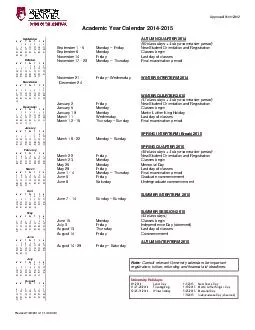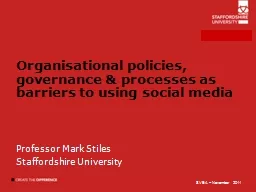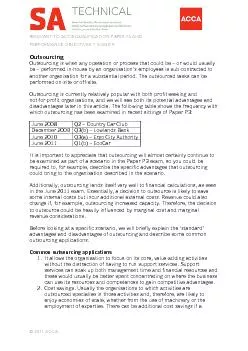PPT-November 10 th , 2011
Author : karlyn-bohler | Published Date : 2019-12-13
November 10 th 2011 SHRM Survey Findings Social Media in the Workplace Are organizations leveraging social media to reach external audiences Yes 68 reported their
Presentation Embed Code
Download Presentation
Download Presentation The PPT/PDF document "November 10 th , 2011" is the property of its rightful owner. Permission is granted to download and print the materials on this website for personal, non-commercial use only, and to display it on your personal computer provided you do not modify the materials and that you retain all copyright notices contained in the materials. By downloading content from our website, you accept the terms of this agreement.
November 10 th , 2011: Transcript
Download Rules Of Document
"November 10 th , 2011"The content belongs to its owner. You may download and print it for personal use, without modification, and keep all copyright notices. By downloading, you agree to these terms.
Related Documents














